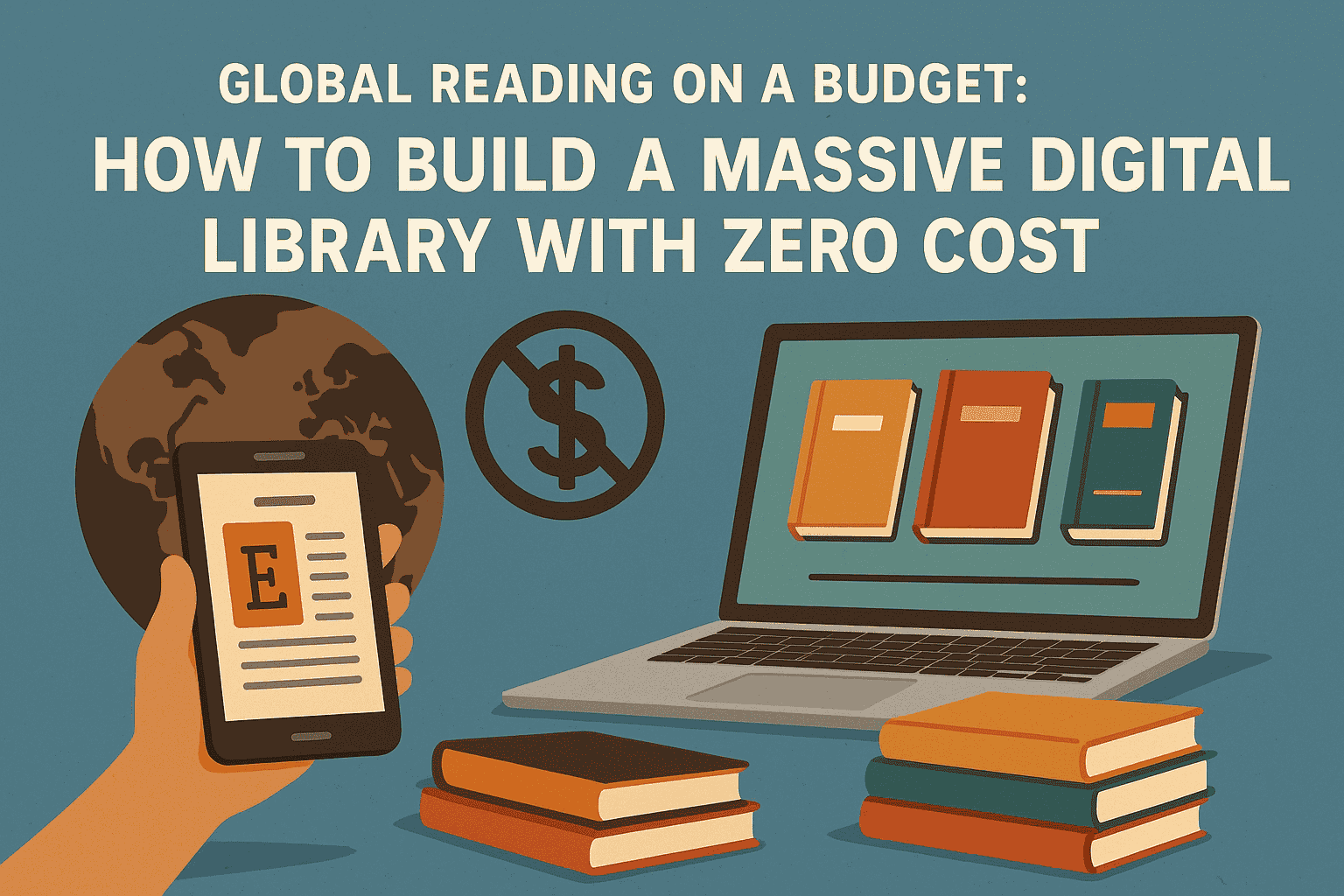The Rise of Women in Sports Literature: Voices, Victories, and Visibility
For decades, sports literature has been dominated by male athletes, male writers, and male audiences. The stories we read about the games we love often mirrored the fields they came from—loud, competitive, and overwhelmingly male. But in recent years, a noticeable and necessary shift has occurred: women are rising in the world of sports literature—not only as subjects of compelling narratives but also as authors, commentators, critics, and publishers.
This evolution isn't just about inclusion; it's about redefining what sports stories look like, who gets to tell them, and what we value in the broader world of athleticism. The rise of women in sports literature has diversified the genre, introduced new themes, and reshaped how we understand competition, perseverance, and victory.
Let’s explore how this shift happened, the major voices leading the charge, the impact on publishing, and why it matters more than ever.
Breaking Into a Male-Dominated Genre
Sports writing—whether in journalism, biography, memoir, or fiction—has long had gatekeepers who largely upheld a masculine narrative: one centered on aggression, physical dominance, and locker room camaraderie. Female athletes were often sidelined, their accomplishments minimized or treated as exceptions rather than part of a broader competitive landscape.
For many years, women's sports stories were either ignored or told through a male lens, reducing female athletes to inspirational footnotes rather than complete, complex characters.
The tide began to turn in the 1990s and early 2000s when a wave of books, essays, and documentaries began centering on women athletes, coaches, and fans. This period saw the publication of foundational works like:
-
Strong Women, Deep Closets by Pat Griffin – highlighting LGBTQ+ athletes
-
Venus Envy by L. Jon Wertheim – chronicling women in professional tennis
-
Only With Passion by Norma Fox Mazer – one of the early fictional explorations of a girl athlete’s identity struggle
These early works paved the way for today’s explosion of women-led and women-centered sports literature.
The Stories We’re Finally Telling
The rise of women in sports literature isn’t just about putting female athletes on the page—it’s about exploring themes and truths that have long gone unspoken. Some of the core themes emerging in this new wave of writing include:
1. Equity and Opportunity
Books like Wolfpack by Abby Wambach and Forward by soccer star Abby Wambach (memoir) highlight the fight for equal pay, resources, and visibility in women's sports. These stories reveal the systemic barriers female athletes face and the collective efforts to dismantle them.
2. Body Image and Mental Health
Sports literature by and about women often engages deeply with body image, eating disorders, injuries, and mental health—topics historically glossed over in male-centered sports narratives. What Made Maddy Run by Kate Fagan, for example, investigates the tragic story of a college athlete struggling silently with depression.
3. Intersectionality
Many contemporary books explore the intersections of race, gender, class, and sexuality in women's sports. Works like Basketball Belles and memoirs by athletes like Serena Williams and Simone Biles examine how identity shapes experience on and off the field.
4. Legacy and Leadership
Today’s literature also uplifts women as coaches, mentors, and icons, showcasing the powerful ripple effects of leadership in sports. Books like Sum It Up by Pat Summitt and My Life with the Green & Gold by Mary Kay Cabot delve into the long-term influence of female sports figures.
Women Writing Sports: A Growing Force
Perhaps one of the most encouraging aspects of this shift is the growing number of women writing about sports—as journalists, novelists, biographers, and critics. Writers like:
-
Jessica Luther, whose investigative work on sexual violence in sports (Unsportsmanlike Conduct) set a new standard for ethical sports journalism
-
Mirin Fader, author of Giannis, whose narrative nonfiction explores character as deeply as athleticism
-
Christina Kahrl, one of the first openly transgender sportswriters at a major media outlet
-
Julie DiCaro, who wrote Sidelined: Sports, Culture, and Being a Woman in America, highlighting the sexism faced by women in sports media
These writers aren't just reporting on sports—they’re reshaping how we write, publish, and read about them. Their work blends athletic coverage with cultural critique, making sports literature more inclusive, nuanced, and socially relevant.
Women in Fictional Sports Narratives
Women athletes are also taking center stage in sports fiction, a genre that has typically focused on male protagonists. Recent novels are challenging old tropes and showcasing female sports narratives as rich and compelling in their own right.
Some standout titles include:
-
The Knockout Queen by Rufi Thorpe – a story of female strength, queerness, and suburban violence told through the lens of an amateur boxer
-
Beartown by Fredrik Backman – while male hockey dominates the plot, the emotional and moral weight lies with its female characters
-
Running with Lions by Julian Winters – highlights both athletic training and queer love in YA sports fiction
Young Adult literature, in particular, has been a fertile ground for sports stories about girls, from soccer and basketball to swimming and gymnastics. These books inspire young readers to see themselves as competitors and champions.
The Publishing Industry’s Role
The surge in women’s sports literature didn’t happen by accident—it happened because editors, agents, and publishers began taking risks on stories they once ignored. Independent presses and digital platforms have also been key players, giving voice to underrepresented authors and niche audiences.
Initiatives like She Plays, She Writes and publishers like Zibby Books, Beacon Press, and The Feminist Press have prioritized storytelling by and about women in sports. Meanwhile, mainstream publishers are waking up to the commercial and cultural value of these books.
Still, there’s work to be done. Female authors still face gendered expectations when pitching sports books, and marketing often downplays the competitive grit in favor of “inspirational” tones. As the genre grows, more support must be given to complex, unapologetic stories about women athletes and sports communities.
Why Representation Matters
The rise of women in sports literature is more than just a publishing trend—it’s a cultural rebalancing. When girls and women see themselves reflected in stories of athletic struggle and triumph, it:
-
Normalizes ambition in physical and mental performance
-
Challenges stereotypes about femininity and competition
-
Encourages participation in sports and storytelling
-
Builds empathy across genders, backgrounds, and generations
Stories have the power to shape identity. For too long, sports stories told women they didn’t belong. Now, through memoirs, fiction, journalism, and essays, women are writing themselves back into the game—and taking the lead.
Conclusion: A Movement, Not a Moment
The rise of women in sports literature is not a momentary wave—it’s a transformative movement. Whether it's a memoir that exposes inequity, a YA novel that empowers young girls, or an investigative piece that holds institutions accountable, these stories matter.
They matter to publishers looking to diversify their catalogs.
They matter to readers searching for inspiration, truth, and representation.
And they matter to the next generation of girls with both cleats on their feet and stories in their hearts.
As the landscape of sports literature continues to evolve, one thing is clear: the game is no longer just played by men, and the story is no longer just told by them either.








